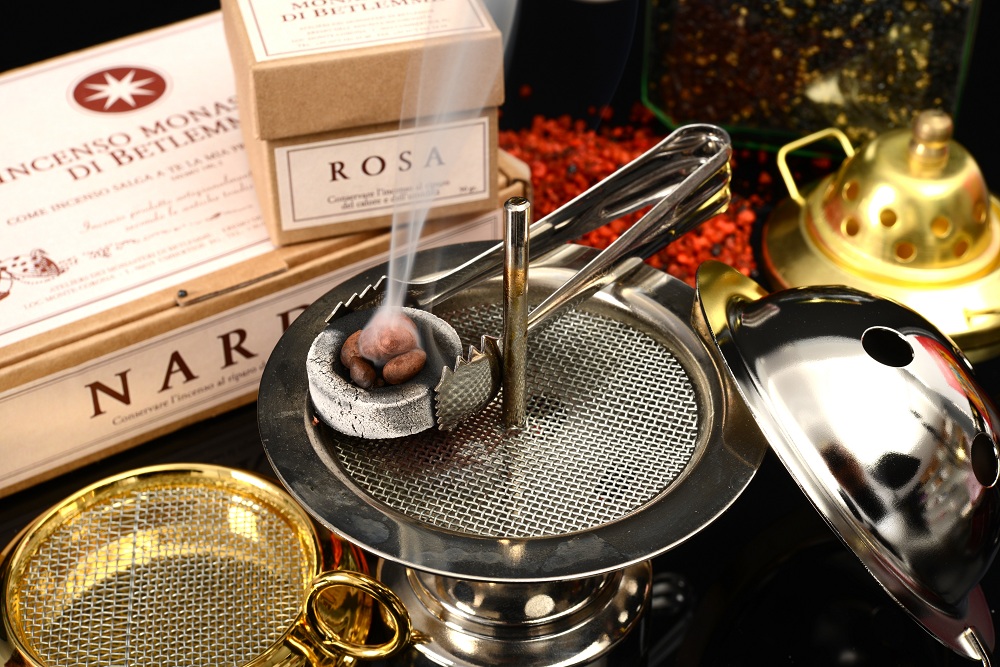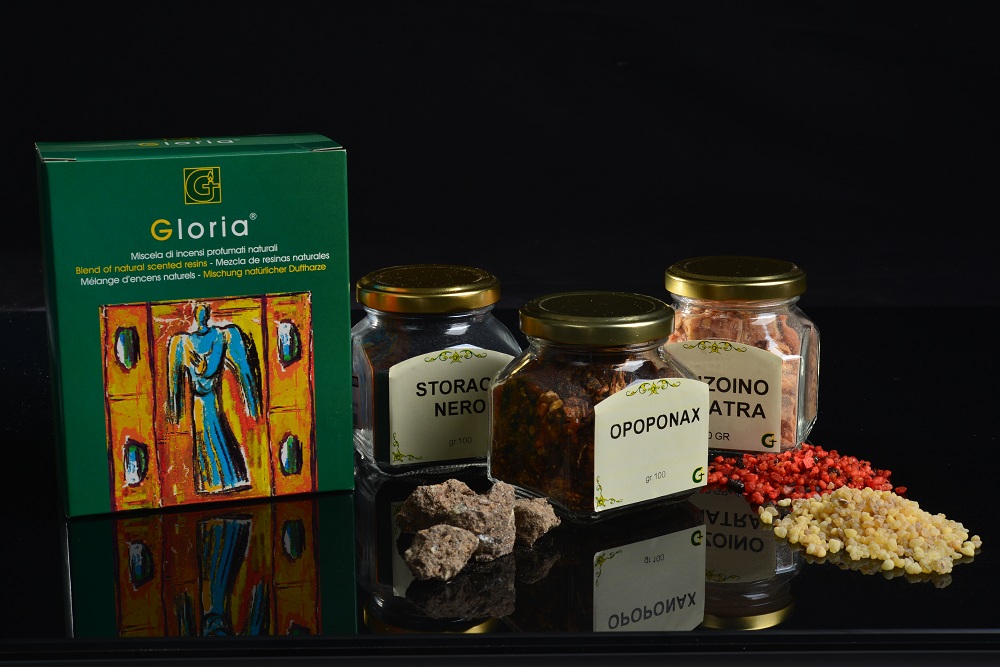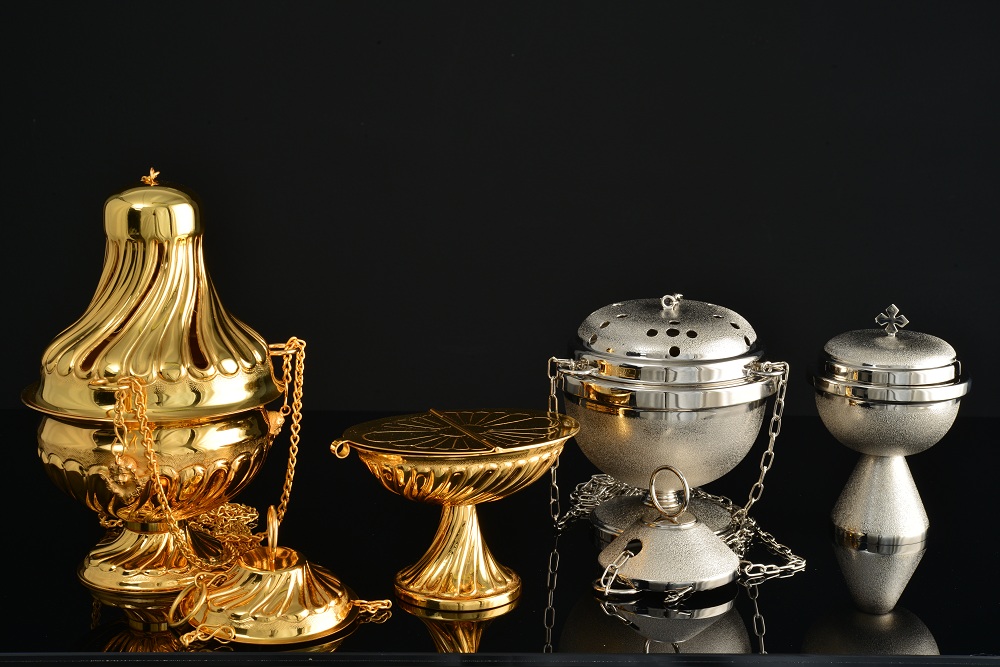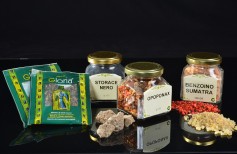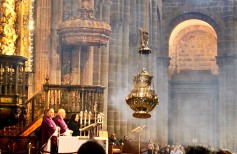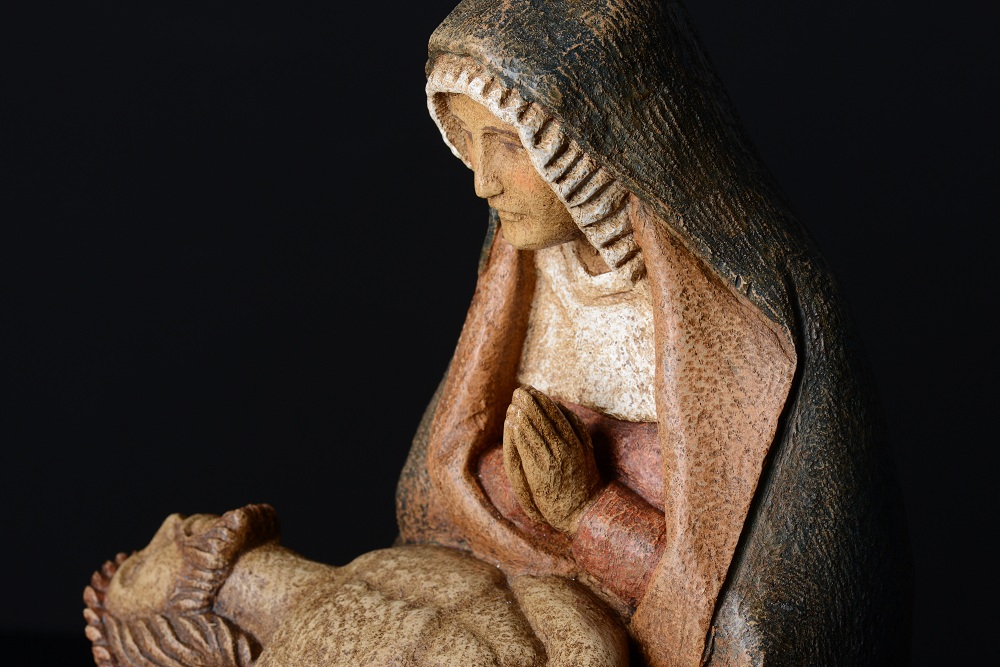The smell of incense has always been tied to the field of spirituality and ritual, not only in the Catholic Christian religion, but in all religions. The act of burning incense, precious material, reserved for altars of the gods and for the table of the Kings, is considered an act of devotion, a high sacrifice to the gods or emperors, who were gods’ emissaries on earth.
It is therefore a pagan act, even though there are numerous Biblical references to it; but it is that wide use of incense by worshipers of pagan gods that made it unpopular when first used by Christians, making it a form of idolatry. It was only after Constantine’s Edict that incense was again burned in braziers as a sign of devotion.
Until liturgical reform initiated by the Second Vatican Council and carried out by Pope Paul VI, the incense has held onto a marginal presence in celebrations. Incense burners were only lit during sung Mass and high Mass. After the Reformation, the use of incense was liberalised, but it actually disappeared from churches. This was the result of an incorrect translation of one of the new missal principles, which states that the use of incense during celebration is ‘ad libitum’, or ‘at will’. This statement was given a negative exception, making the act option, and therefore avoidable, or even to be avoided.
The use of incense and thurible therefore remains confined to funerals, and this does nothing but increase the false negative feeling associated with it. A real pity, because few things express sacredness like wisps of blue smoke rising up, like an intimate and sacred longing, an unquenchable and relentless desire to be reunited with God. The use of incense, even in our homes, also involves the sense of smell in a sensory experience that speaks straight to the spirit that elevates, purifies it, freeing it from all that is daily.

